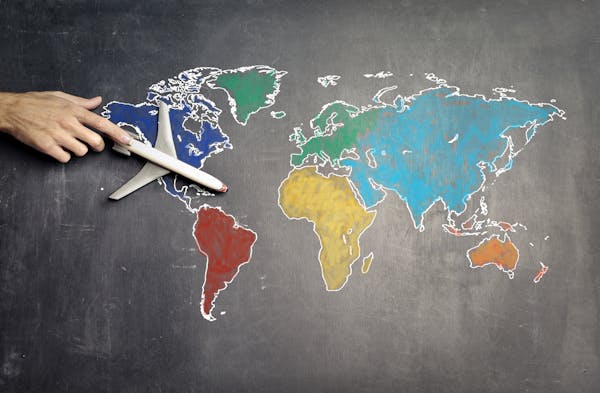Migration, Consumerism, and Globalization: A Complex Interplay
The dynamics of migration, consumerism, and globalization are intricately intertwined, shaping our contemporary world in multifaceted ways. This academic note explores the complex relationships between these three forces, emphasizing the impact on culture, economies, and societies.
1. Migration: A Global Phenomenon
Diverse Causes: Migration is driven by a multitude of factors, including economic opportunities, political instability, conflict, and environmental changes. People migrate for a better quality of life, safety, or as a consequence of necessity.
Cultural Exchange: Migration is a major catalyst for cultural exchange. As people move across borders, they bring their languages, traditions, and beliefs, contributing to the rich tapestry of global culture.
2. Consumerism: The Engine of Modern Economies
Consumer-Driven Economies: Consumerism is the cornerstone of many modern economies, marked by the relentless pursuit of goods and services. It fuels economic growth and innovation, driving the production of a vast array of products.
Impact on Culture: Consumerism profoundly influences culture, often promoting materialism and shaping individual and societal values. It constructs a lifestyle where consumption is paramount.
3. Globalization: The Integrating Force
Transnational Interconnectedness: Globalization connects countries and regions, promoting the flow of capital, information, and goods across borders. It is driven by technological advances and economic interdependence.
Cultural Homogenization: Globalization can lead to cultural homogenization, as Western consumer culture and media influence the values and preferences of people around the world.
4. Interplay Between Forces:
Migration and Consumerism: Migrants, as they move to new countries, often contribute to consumer economies. They seek better economic opportunities and, in turn, become consumers in their host nations.
Consumerism and Globalization: Consumerism is intrinsically tied to globalization, as it relies on the production and distribution of goods on a global scale. This contributes to the worldwide exchange of products and ideas.
Migration and Globalization: Migration patterns are influenced by globalization. Economic globalization often determines where jobs and opportunities are located, leading individuals to move across borders in pursuit of employment and a higher standard of living.
5. Cultural Hybridization:
The Blending of Cultures: The interplay between migration and globalization has led to cultural hybridization, where traditions, languages, and practices from different regions converge. This creates unique and diverse cultural landscapes.
Consumerism's Role: Consumerism plays a role in shaping global cultural hybridization by promoting the consumption of goods and cultural products from different parts of the world.
6. Socioeconomic Disparities:
Economic Inequalities: The interplay between these forces can exacerbate economic disparities. In the pursuit of consumerist lifestyles, people in affluent societies often benefit at the expense of those in less developed regions.
7. Ethical Considerations:
Environmental Impact: The relentless consumerism driven by globalization has raised ethical concerns about environmental sustainability. The mass production and disposal of consumer goods contribute to environmental degradation.
Exploitation and Inequality: The globalized consumer market can perpetuate economic exploitation, as low-wage labor in developing countries often supports consumer-driven economies.
In conclusion, the interplay between migration, consumerism, and globalization underscores the complexity of our modern world. While they have led to cultural exchange, economic growth, and technological advancements, they have also raised critical ethical and societal questions. Understanding these interrelationships is vital for addressing the challenges and opportunities they present in the 21st century.
